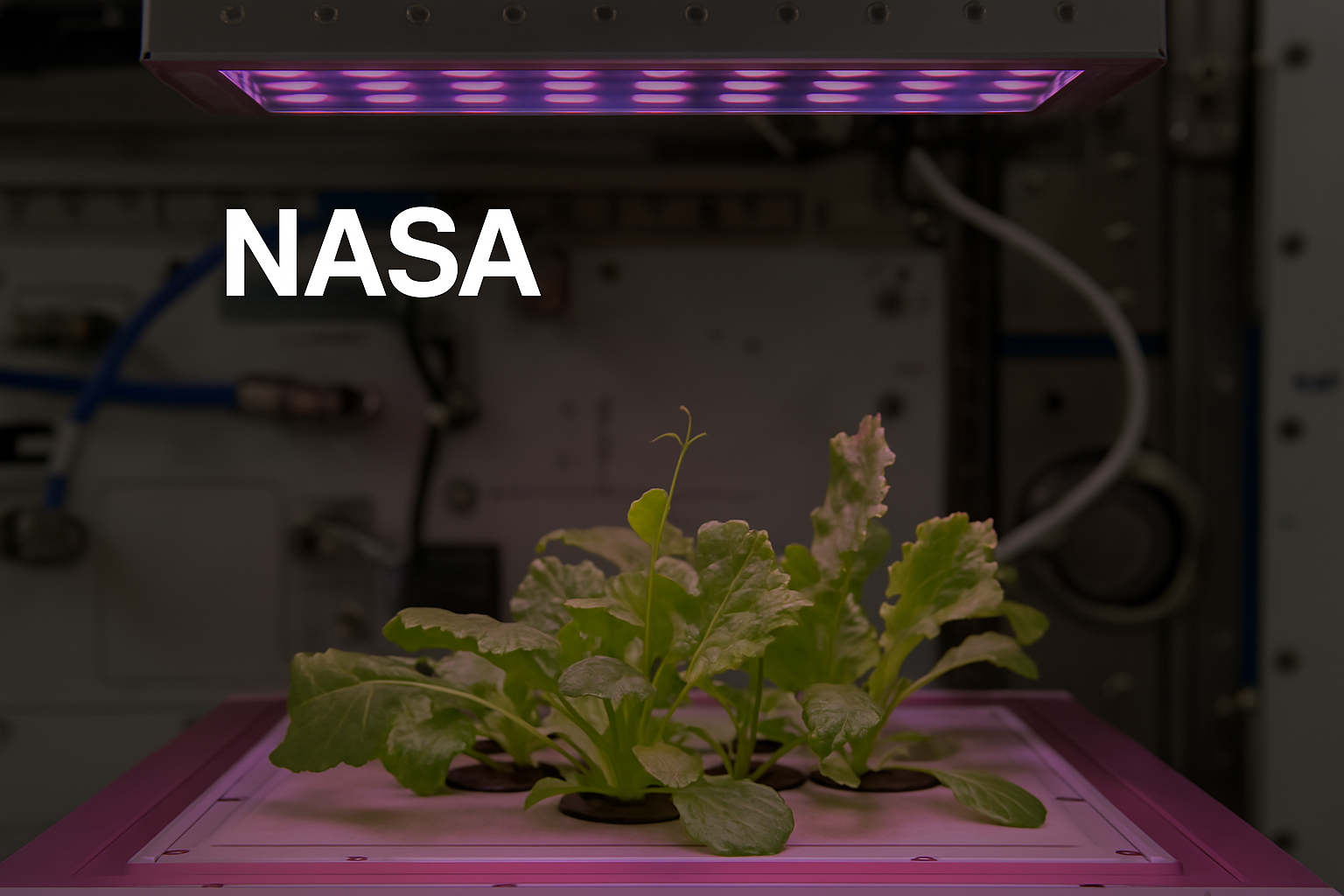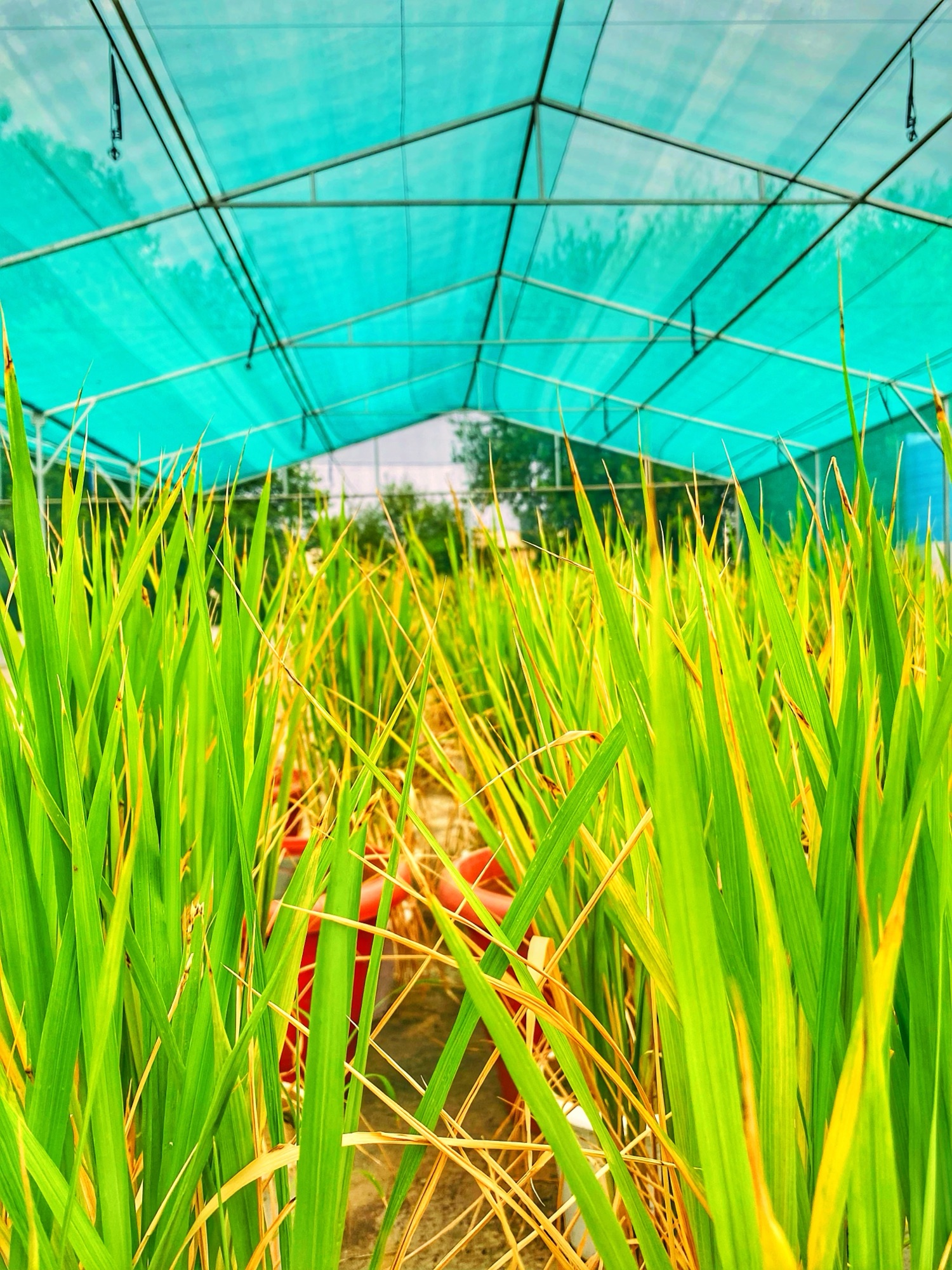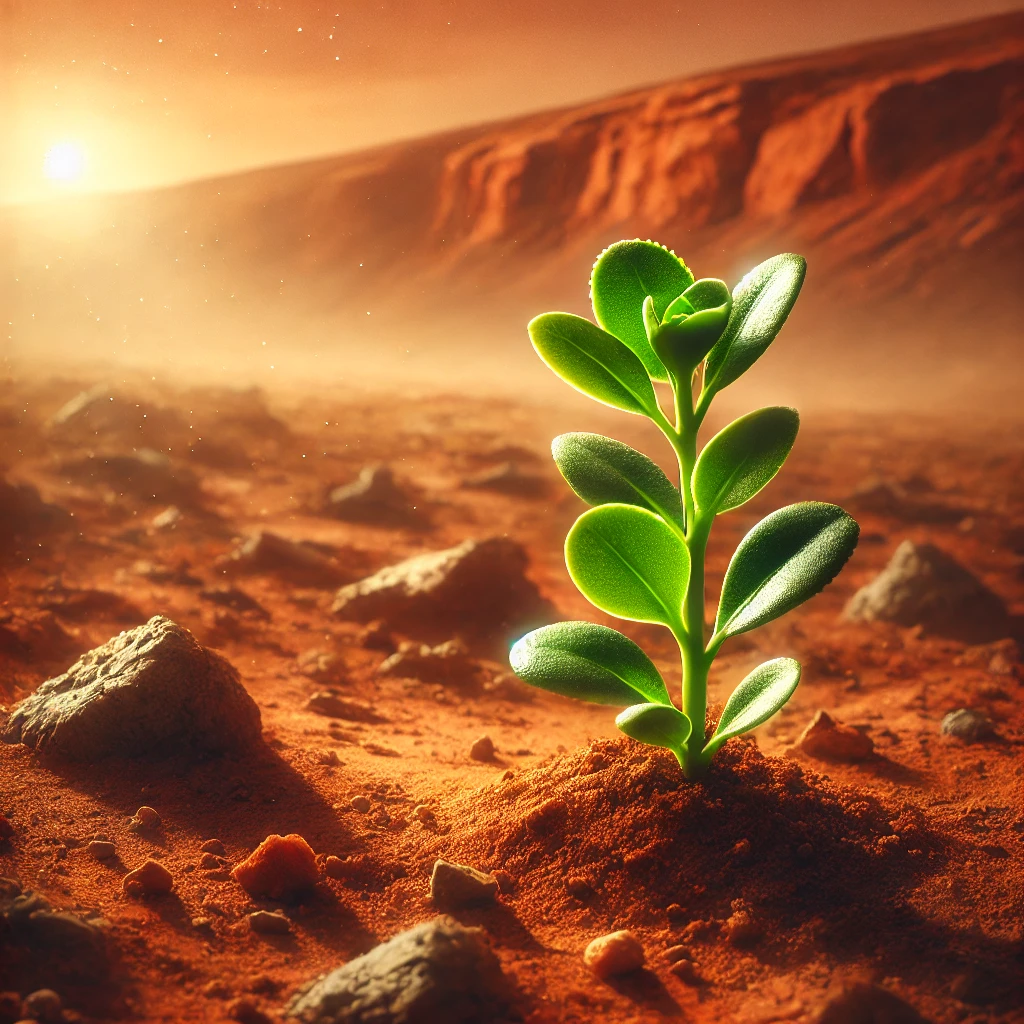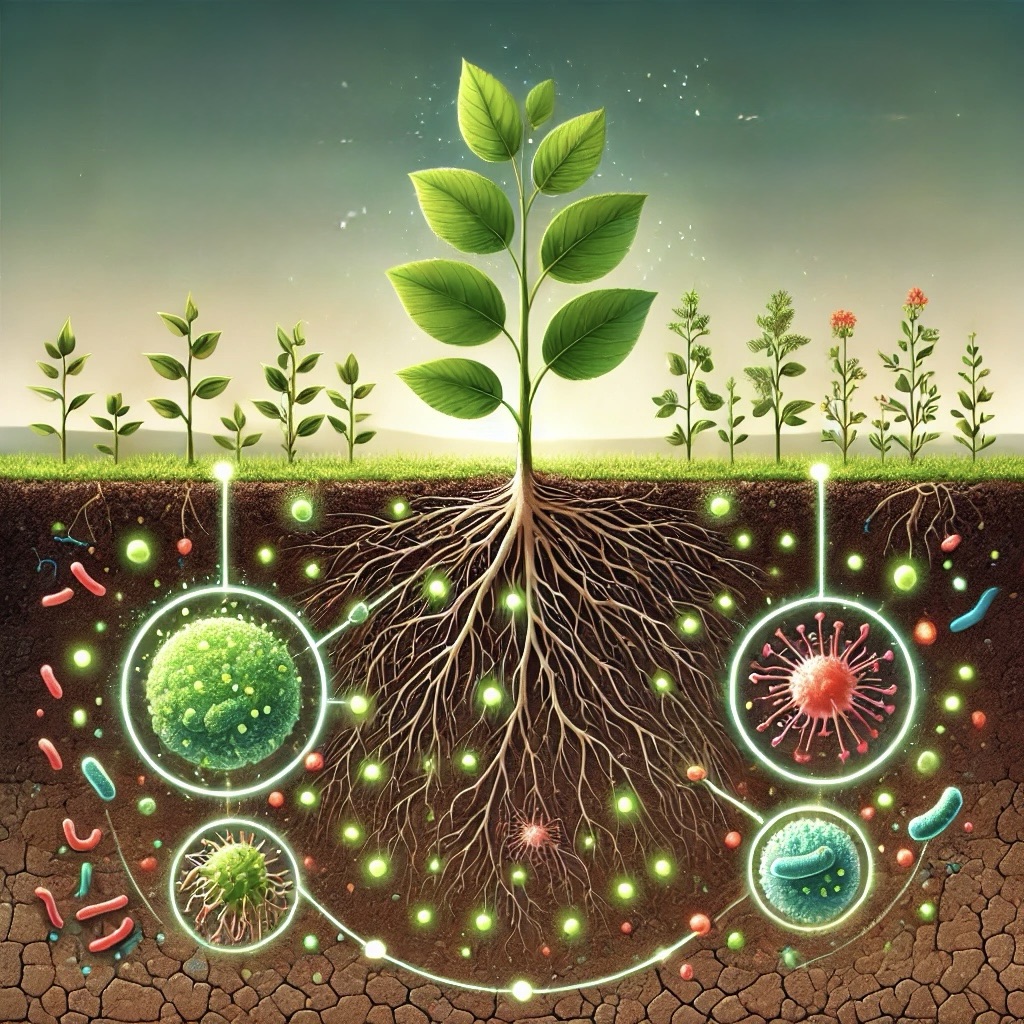As humanity extends its reach into the cosmos, the question of how to sustain life beyond Earth has become increasingly urgent. Central to that question is the role of plants—not just as a food source, but as oxygen generators, carbon dioxide scrubbers, water purifiers, and even psychological comfort for astronauts living in isolated, confined environments. NASA’s experiments with plant biology in space are no longer confined to the realm of academic curiosity; they are critical components of long-term mission planning for lunar bases, Martian colonies, and deep-space travel. Over several decades, NASA has built a robust portfolio of plant-related research that reveals how living organisms adapt to space environments and how we might one day create sustainable agricultural systems off-planet. These experiments have taught us not only how plants survive in space, but also how they might help humans thrive far from Earth.
The Humble Beginnings of Space Botany
NASA’s early experiments with plant biology in space were primarily aimed at answering foundational questions: Can plants grow without gravity? Will seeds germinate in space? How does the absence of gravity affect the cellular and developmental processes of plants? These questions were explored during the 1980s and 1990s through a series of small-scale experiments conducted aboard space shuttles. Researchers found that most seeds could indeed germinate in microgravity, but their roots and shoots often grew in disoriented patterns due to the lack of gravitational cues. On Earth, plants use gravitropism to determine direction—roots grow down, and shoots grow up—but in space, that mechanism fails. However, it was also discovered that light could be used to guide plant growth, a phenomenon known as phototropism. This led scientists to develop controlled lighting systems that could compensate for the absence of gravity, helping plants orient themselves and grow more predictably. These early discoveries laid the groundwork for future, more complex plant studies in space.
The Veggie Experiment: A New Era of Edible Success
A major milestone in NASA’s journey into space agriculture came with the development of the Vegetable Production System, better known as Veggie, which launched to the International Space Station (ISS) in 2014. This was the first American fresh-food production system in space, and it aimed to study plant growth in microgravity while also providing astronauts with fresh, edible crops. The initial trials involved red romaine lettuce, which not only grew successfully but was also deemed safe for human consumption after extensive microbial testing. When astronauts aboard the ISS finally consumed the lettuce they had cultivated, it marked a historic first: the first time American astronauts ate food grown entirely in space. This experiment was about more than just growing lettuce—it demonstrated the possibility of closing the food loop in space missions and opened the door for more ambitious horticultural goals. Since then, the Veggie system has been used to grow radishes, mustard greens, zinnias, and other crops, providing valuable insights into nutrient delivery systems, microbial safety, and even the emotional impact of growing living plants during spaceflight.
Advanced Plant Habitat: The Most Sophisticated Space Garden
Following the success of the Veggie system, NASA introduced a more advanced platform in 2017 known as the Advanced Plant Habitat (APH). This state-of-the-art growth chamber was designed to be the most sophisticated plant research facility ever sent into space. Located aboard the ISS, the APH is fully enclosed, automated, and equipped with over 180 sensors to monitor and control nearly every environmental variable affecting plant growth. These include temperature, humidity, carbon dioxide concentration, light intensity, and even the wavelengths of light provided by an array of adjustable LED lights. The APH allows researchers to conduct detailed experiments that were previously impossible, including studies on plant responses to spaceflight stress, changes in photosynthetic efficiency, and adaptations in root and shoot development. The habitat has supported the growth of crops like wheat, mustard, and soybeans, and has allowed scientists to study plant development from germination to seed production in microgravity. The data collected from APH experiments are helping to shape the design of future extraterrestrial greenhouses and will be vital for long-duration missions beyond low Earth orbit.
Microgravity and Its Impact on Plant Biology
One of the most challenging aspects of growing plants in space is adapting to microgravity, which fundamentally alters how water, nutrients, and even air move around a plant. On Earth, gravity helps water flow through the soil and into roots, but in space, water tends to form spherical blobs due to surface tension and can cling to surfaces unpredictably. This makes traditional irrigation methods ineffective, prompting NASA engineers to develop capillary-based systems that use physics instead of gravity to guide fluids. These systems are designed to deliver moisture directly to plant roots while minimizing the risk of over-watering or water accumulation, which could foster microbial growth. Microgravity also affects other critical processes like nutrient uptake, gas exchange, and cellular structure. For instance, some studies have shown that plants grown in space may develop thinner cell walls, altered gene expression patterns, and differences in root branching and elongation. Understanding and mitigating these effects is essential for designing reliable space farming systems that can produce consistent yields over time, especially on missions lasting months or years.
Cosmic Radiation: A Hidden Threat to Space Crops
While microgravity presents one set of challenges, cosmic radiation poses another, potentially even more serious, threat to plant health in space. Earth’s magnetic field and atmosphere provide a natural shield against cosmic rays and solar radiation, but in space—particularly on missions to the Moon or Mars—this protection is minimal or non-existent. Long-term exposure to high-energy particles can damage plant DNA, affect cellular function, and reduce crop yields. NASA has found that some plants are more resilient than others, and research is ongoing to determine which species or strains might be best suited for high-radiation environments. One approach involves growing plants in shielded enclosures, possibly buried under Martian regolith or covered with water tanks, which provide natural radiation barriers. Another strategy involves selective breeding and even genetic modification to enhance plants’ natural defense mechanisms against radiation. By studying how different levels and types of radiation affect plant growth and reproduction, NASA hopes to develop crops that not only survive but thrive in the extreme conditions of space.
Unlocking Plant Genetics in Orbit
In recent years, advances in genomics have allowed researchers to study how plants alter their genetic behavior in space. Using RNA sequencing and other molecular biology tools, scientists have discovered that plants in microgravity turn on and off different genes compared to their Earth-grown counterparts. These genetic shifts often involve stress response pathways, hormone regulation, and cellular signaling mechanisms that control growth and development. For example, genes related to auxin—a plant hormone that influences root and shoot growth—behave differently in space, affecting the plant’s overall structure. These findings have profound implications for the future of space agriculture. If certain genes can be identified as key to space adaptation, we can begin to engineer plants that are specifically tailored for extraterrestrial environments. NASA is actively collaborating with universities and research institutions to develop “space-ready” crops that are optimized for the challenges of low gravity, limited water, and higher radiation. These efforts are moving plant biology into a new era, where synthetic biology and space exploration intersect to redefine what is possible for growing life beyond Earth.
Plants and Psychological Wellbeing in Space
While the scientific and nutritional benefits of growing plants in space are well-documented, there is another dimension to space farming that is equally important: the psychological wellbeing of astronauts. Life aboard a spacecraft or orbital station can be monotonous, stressful, and emotionally taxing. In this environment, the simple act of caring for a plant—watching it sprout, grow, and bloom—can provide a profound emotional uplift. Astronauts have reported that tending to plants helps reduce stress, improves mood, and creates a sense of connection to Earth and to nature. This psychological benefit has become a critical consideration in mission planning, especially for long-duration flights where maintaining mental health is as important as physical health. NASA is exploring how the inclusion of plants in life-support systems could also function as a form of horticultural therapy, giving astronauts a natural, living reminder of home and offering a therapeutic escape from the otherwise sterile environment of space.
Preparing for Moon and Mars Agriculture
Looking ahead, NASA’s plans for returning to the Moon under the Artemis program and eventually sending humans to Mars will heavily depend on the lessons learned from plant experiments aboard the ISS. Both the Moon and Mars pose unique challenges for agriculture. The Moon’s surface is covered with regolith that lacks organic material, and its low gravity and high radiation levels make traditional farming methods impossible. Mars, while having more potential for colonization, presents its own obstacles: cold temperatures, limited water availability, perchlorate-rich soil, and a thin, unbreathable atmosphere. NASA is developing bioregenerative life support systems, which use plants to recycle air, water, and waste, and is testing soil-like substrates made from lunar and Martian simulants here on Earth. Greenhouse designs are being explored that use hydroponic and aeroponic systems housed within radiation-shielded domes or partially buried structures. The goal is to develop a fully self-sustaining agricultural ecosystem that can support human life on other worlds for extended periods.
What the Future Holds: A Green Thumb Among the Stars
NASA’s extensive research into plant biology in space has shown that growing food beyond Earth is not only possible—it’s essential. Each experiment, whether focused on seed germination, genetic adaptation, or psychological wellbeing, brings us one step closer to making long-term human space travel a reality. As we prepare for missions that will take humans farther than ever before—from lunar bases to Martian colonies and eventually deep-space habitats—plants will play a central role in sustaining life. The knowledge gained from decades of experiments is already shaping the technologies and systems of tomorrow’s spacecraft and planetary outposts. In the not-so-distant future, we may see astronauts harvesting tomatoes on the Moon, tending to spinach fields on Mars, or cultivating vertical gardens aboard deep-space vessels. Through the lens of space agriculture, we are not just learning how to grow plants in space—we are learning how to grow a future where life can take root across the cosmos.
Enjoyed this post? Subscribe for more space science deep-dives, and feel free to leave your thoughts in the comments below. What kind of plant would you grow in space if you had the chance?
References
1. NASA. (2022). Growing Plants in Space. NASA Science. https://www.nasa.gov/mission_pages/station/research/news/plant-growth
2. Massa, G. D., Wheeler, R. M., Morrow, R. C., & Levine, H. G. (2016). Growth chambers on the International Space Station for large plants. Life Sciences in Space Research, 10, 1–10. https://doi.org/10.1016/j.lssr.2016.06.004
3. NASA Veggie Team. (2015). First U.S. Space-Grown Food Eaten by Astronauts. NASA. https://www.nasa.gov/content/first-ever-space-grown-food-eaten-by-astronauts-on-space-station
4. NASA. (2019). Advanced Plant Habitat: High-Tech Growth Chamber for Space Botany. https://www.nasa.gov/mission_pages/station/research/experiments/explorer/Facility.html?#id=7514
5. Zabel, P., Bamsey, M., Schubert, D., & Tajmar, M. (2016). Review and analysis of over 40 years of space plant growth systems. Life Sciences in Space Research, 10, 1–16. https://doi.org/10.1016/j.lssr.2016.06.004
6. Wheeler, R. (2010). Plants for Human Life Support in Space: From Myers to Mars. Gravitational and Space Research, 23(2), 25–35. https://ntrs.nasa.gov/citations/20110001749
7. NASA. (2023). How Do Plants Grow in Space? https://www.nasa.gov/stem/nextgenstem/moon-to-mars/how-do-plants-grow-in-space.html
8. NASA. (2020). Plants in Space – Exploring the Final Frontier of Botany. https://www.nasa.gov/feature/plants-in-space










